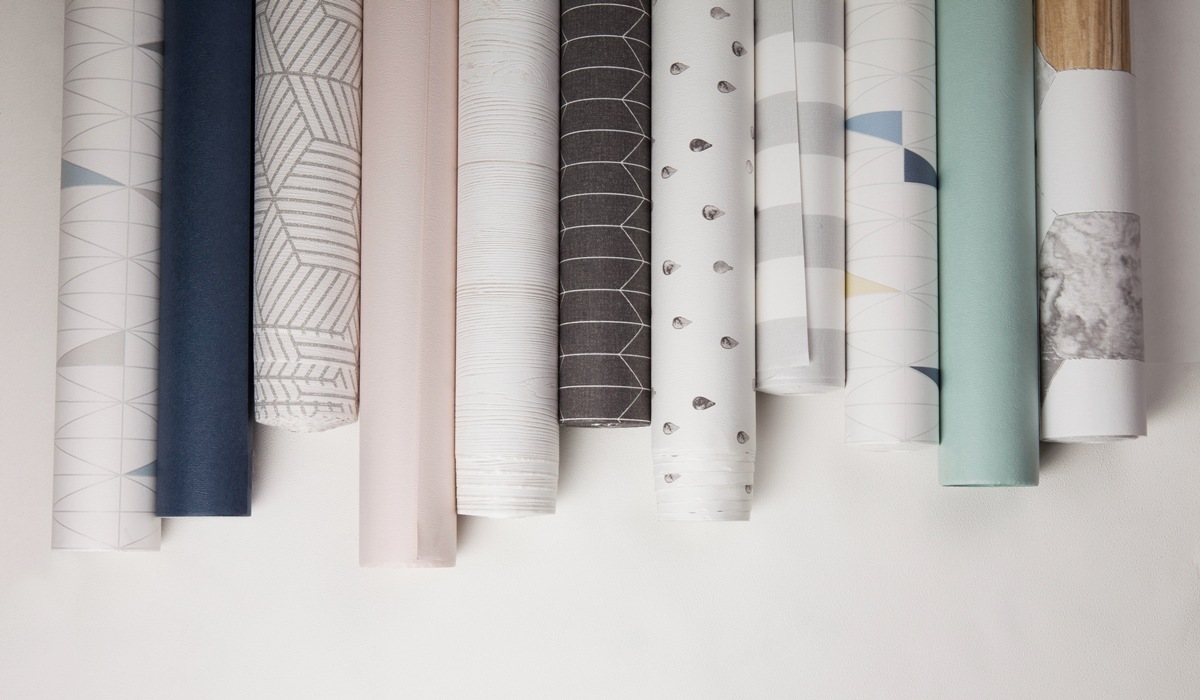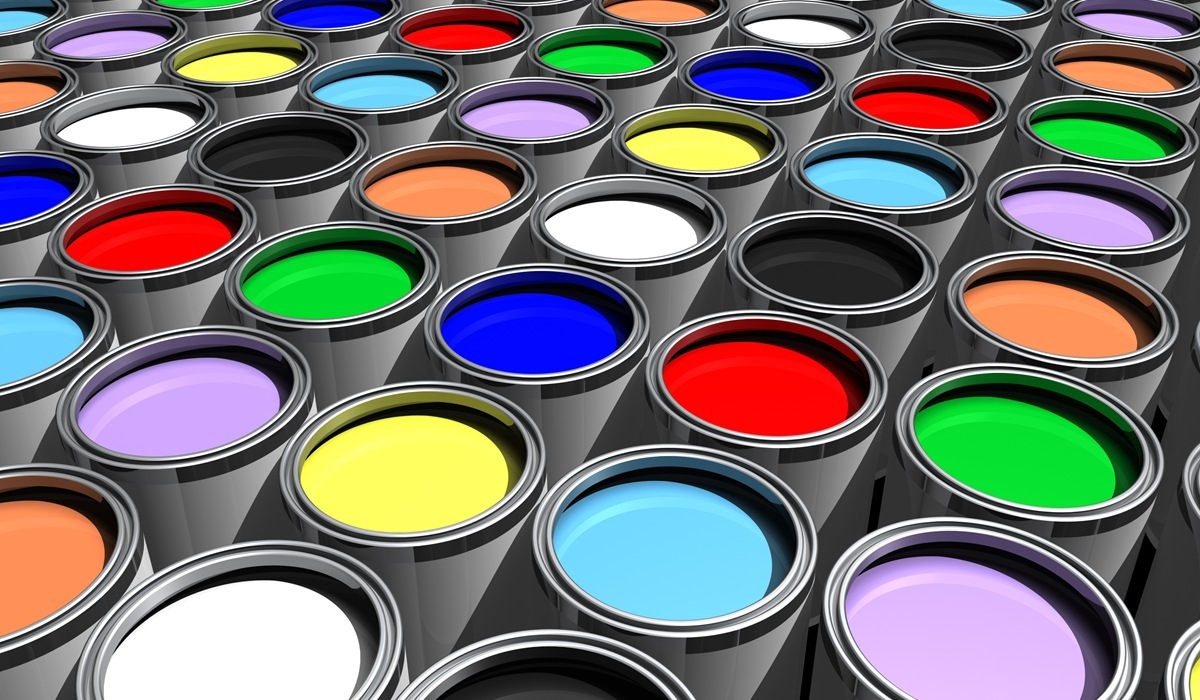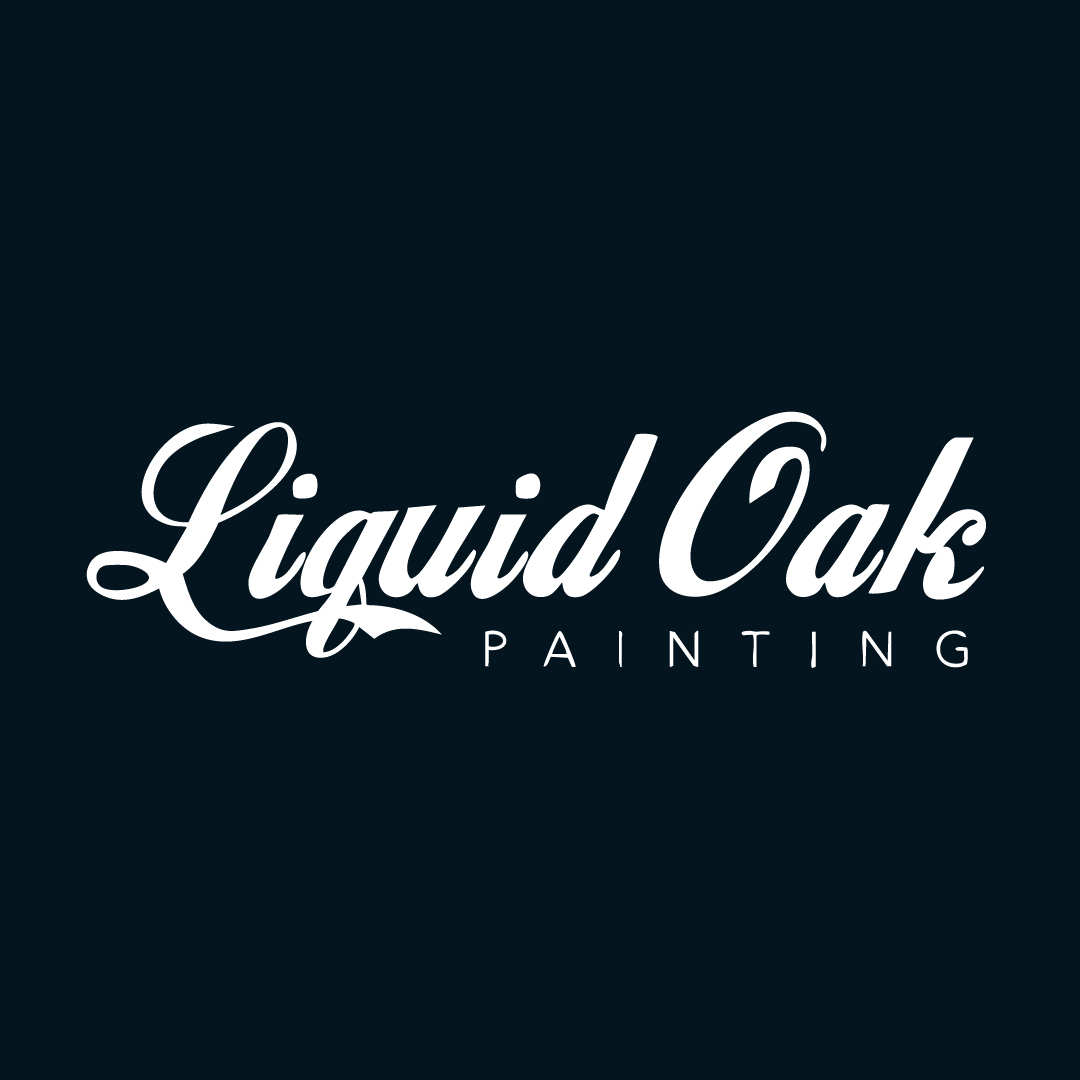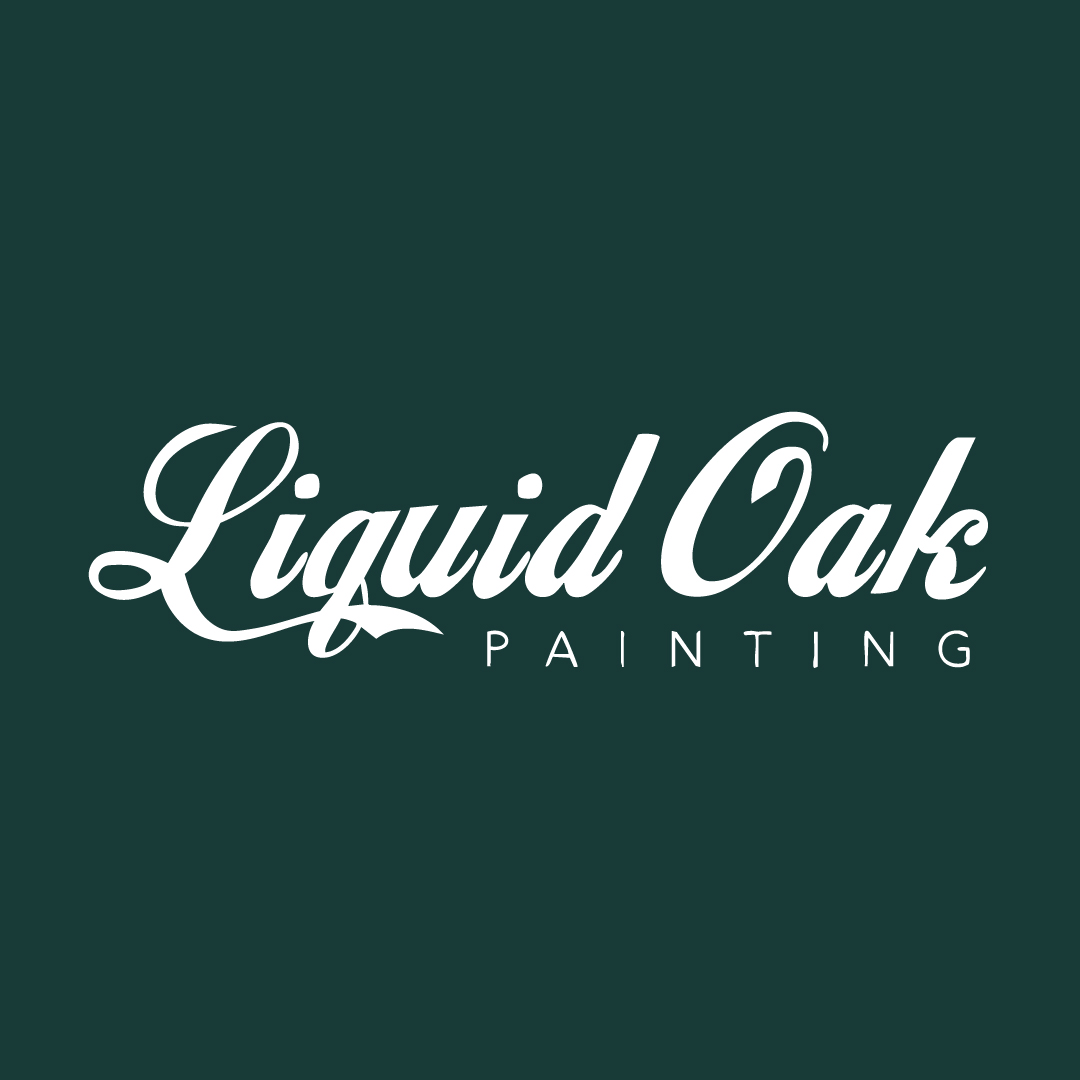When you’re designing a commercial space, your walls do more than just stand there — they make a first impression. Whether you run a retail shop, an office, or a restaurant, the choice between wallpaper and paint can change the entire mood of your space. Many business owners turn to interior commercial painters for advice, but the question remains: is wallpaper or paint better for your business? In this guide, we’ll break down the pros and cons of each, so you can make an informed choice about wallpaper vs paint for business interiors.
Key Takeaways:
- Wallpaper = bold designs, longer lifespan, hides imperfections; higher cost, harder to replace.
- Paint = budget-friendly, easy to change, versatile finishes; shorter lifespan, less dramatic.
- Consider brand image, budget, maintenance, and environment before deciding.

Why Choosing Between Wallpaper vs Paint Matters to Your Business
Your walls aren’t just a background; they’re part of your brand story. The color, texture, and finish influence how customers feel when they step inside — and that affects how long they stay, how they perceive your professionalism, and even whether they come back. A well-chosen wall finish can:
- Reinforce your brand image and values.
- Create a memorable environment that encourages repeat visits.
- Boost employee morale and productivity by making workspaces more inviting.
In short, your choice between wallpaper and paint isn’t just a design decision — it’s a business investment.
Pros of Wallpaper for Commercial Spaces
1. Unique Designs & Patterns
Wallpaper offers a virtually limitless palette of designs, colors, and textures — from subtle linen weaves to dramatic geometric patterns or even branded custom prints. This variety allows you to reinforce your brand identity visually, whether you want an upscale, luxurious feel or a fun, energetic atmosphere that sets you apart from competitors. Unlike paint, wallpaper can add dimension and tactile appeal, engaging visitors on a sensory level.
2. Long-Lasting Finish
High-quality commercial-grade wallpaper is built for durability. When properly installed and maintained, it can look fresh for 10–15 years or more, resisting everyday scuffs and marks. This longevity can mean fewer interruptions to your business for maintenance, making it an attractive option for busy, high-traffic environments like hotels, offices, and healthcare facilities.
3. Covers Wall Imperfections
Textured or patterned wallpaper can disguise surface irregularities like small cracks, uneven plaster, or patched areas that would otherwise stand out under paint. This can save on extensive wall preparation costs and still deliver a flawless, polished look.
Cons of Wallpaper for Commercial Spaces
1. Higher Upfront Cost
The material itself and the skilled labor needed for installation often make wallpaper a pricier option. Commercial wallpaper is designed to last, but the initial investment can be significant — especially if you’re covering large areas or using custom designs.
2. Difficult to Change
Trends and branding evolve, and changing wallpaper requires a full removal, which can be labor-intensive and disruptive to daily operations. Unlike paint, you can’t simply layer a new look over the old one.
3. Vulnerable to Moisture
Without moisture-resistant treatment, wallpaper can warp, peel, or develop mold in humid areas like restrooms, kitchens, or entryways in wet climates. Special vinyl-coated or laminated papers can help, but they add to the cost.

Pros of Paint for Commercial Spaces
1. Budget-Friendly
Paint remains one of the most economical wall finishes in terms of material and labor costs. It’s ideal for startups, small businesses, or those refreshing interiors frequently, as updates are quick and relatively inexpensive.
2. Easy to Update
With paint, you can transform a space in a matter of hours or days. Need a seasonal change, a rebrand, or a new accent wall? A fresh coat of paint makes it possible with minimal disruption.
3. Versatile Finishes
Paint offers a range of sheens — from flat and matte for a soft, modern look to semi-gloss or high-gloss for durability and shine. Specialty paints can mimic textures, add metallic finishes, or even incorporate chalkboard and magnetic surfaces for functional creativity.
Cons of Paint for Commercial Spaces
1. Shorter Lifespan
Even the best paint typically requires touch-ups every few years, with full repaints needed every 3–5 years in high-traffic areas. Scratches, scuffs, and fading from sunlight are common over time.
2. Less Visual Impact
While you can use color creatively, paint alone can sometimes lack the dramatic depth, texture, or branding punch that wallpaper delivers. Achieving a similar effect may require additional design elements or finishes.
3. Shows Imperfections
Paint offers little camouflage for wall flaws. Chips, dents, or uneven textures will be more visible, especially with glossy finishes, potentially requiring extra prep work before application.
How to Choose: Wallpaper vs Paint for Business Interiors
When deciding between wallpaper and paint for your business interiors, consider:
1. Your Brand Image
Think about the story your space tells the moment someone walks in. A law office aiming for sophistication might lean toward deep, textured wallpaper to convey prestige, while a tech startup may prefer clean, vibrant paint colors that project energy and openness. Wallpaper allows for custom prints and textures that can embed your branding directly into the decor, while paint’s simplicity can create a calming or professional atmosphere without distraction.
2. Budget & Longevity
Consider both the immediate costs and the long-term financial picture. Paint is often more affordable up front, making it ideal if you expect to refresh your interiors frequently or are operating on a limited budget. Wallpaper, though costlier initially, offers durability that can reduce replacement frequency over the years, potentially saving money in the long term.
3. Maintenance Needs
Evaluate how much wear and tear your walls will face. In high-traffic corridors or busy customer areas, washable wallpaper can resist smudges and stains better than standard paint. On the other hand, high-quality, scrubbable paint finishes allow for quick touch-ups without professional intervention, keeping spaces looking polished between larger updates.
4. Environment
The conditions of your space matter. In humid areas like restrooms, break rooms, or kitchens, moisture-resistant paints or vinyl-coated wallpaper prevent bubbling, peeling, or mold growth. In climate-controlled, low-humidity environments, your options open up, allowing you to focus more on aesthetics than on environmental limitations.
Turn Your Walls into a Business Asset
Your walls deserve more than a quick decision. Whether you choose wallpaper or paint, having skilled professionals makes all the difference. At Liquid Oak Painting, our expert team can help you decide and deliver flawless results. Call us today at 213-526-1070 to schedule your consultation and bring your vision to life.



